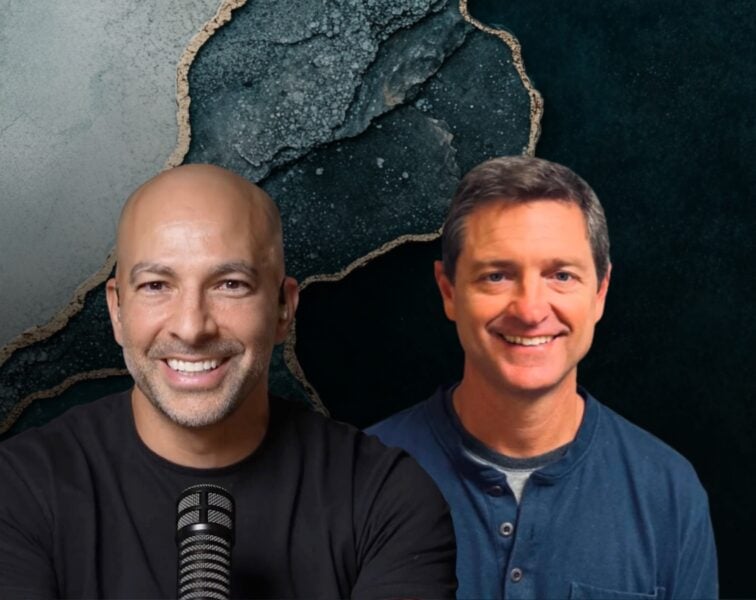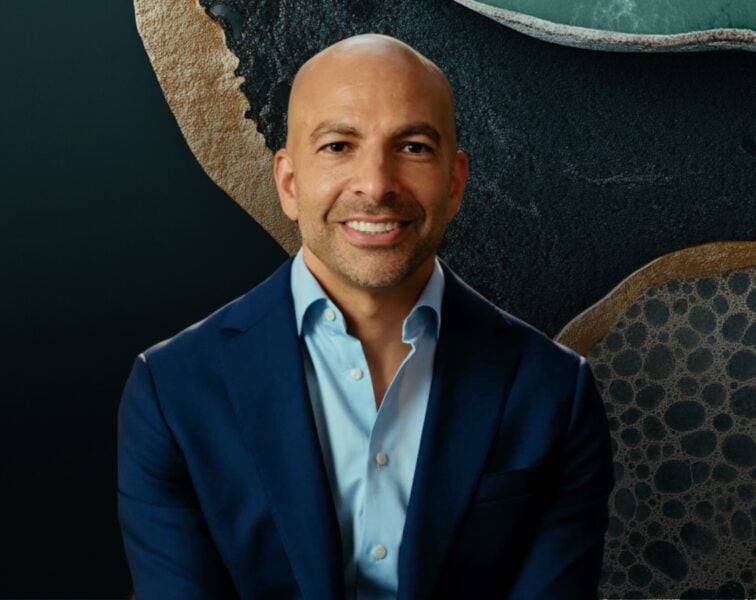Here are a few things I think are worth sharing:
Mental illness is on the rise due to COVID-19. Could psychedelic drugs be the ‘game changer’? (The Star, October 25, 2020)
This article caught my attention as a great update on the developing landscape (in Canada) of psychedelics for psychotherapy and other therapies like ketamine, LSD, and MDMA. The conversation about where things stand (and where they are going) goes far beyond psilocybin use, for example, for palliative-care patients and therapists to treat end-of-life anxieties. I discussed the importance and the possibilities of this treatment intervention in my recent interview with BJ Miller. The use applications of these treatments are explored in this article, but there is an additional component that the article takes into consideration: the pertinent contextualization of treatment potentials for broader mental health challenges due to the Covid-19 pandemic. I also discussed the use of therapeutics, MDMA in particular, in a previous interview with Rick Doblin. The challenges and ramifications of our current climate are ones that will be for the long-haul and the potential of psychedelics and other modalities could be effective in ways that other medications and interventions for challenges like depression, anxiety, PTSD fall short. What can be said with certainty is that alternatives will continue to be needed—perhaps now more than ever before.
§
Oregon Votes to Decriminalize All Drugs, Allow Psilocybin for Mental-Health Treatment (WSJ, November 4, 2020)
It goes without saying that this has been a week filled with a lot of news. Given the discussion above on the use of alternative drug therapies, especially in the context of Covid-19, I thought it would be remiss if I didn’t include the news of Oregon’s legalization of psilocybin. If you missed it, it got passed after votes were counted on the state-specific measure (109) earlier this week. You can read more about Measure 109—giving the state health department two years to develop a plan to manufacture and dispense the substance. But the passing is not without pushback (from the Oregon Psychiatric Physicians Association and the American Psychiatric Association). This is a step forward, but there is a long road ahead in the way of implementation and protocol for use. These things take time.
§
The History of Toothpaste (Charles Duhigg’s Blog, 2012)
You may remember a video I posted some months back about the debilitating aphthous (mouth) ulcers I sometimes get, and explained what I use to mediate my discomfort while they heal. Except, one time the pain was so bad that my wife went to look for alternative options. What I normally used wasn’t cutting it. We found that an ingredient in the toothpaste I was using at the time was a contributing factor to my more-than-uncomfortable experience: sodium lauryl sulfate (SLS), which is used as a surfactant, or foaming agent. It can also be a mouth and gum irritant. It turns out there are a lot of added ingredients in toothpaste that may not actually clean our teeth and gums, but do provide experiential aspects we are habituated to have—things that we equate to feeling clean. This realization led me to question why toothpaste is often mint-flavored (or flavored at all). Just like the foaming, is the mintiness merely experience-driven, but otherwise pointless from an oral health perspective? I found my answer in an excerpt from Charles Duhigg’s book The Power of Habit. He writes about the ingenious Pepsodent mint-flavored toothpaste recipe. Indeed, the sensation provides no cleaning benefit, but that minty fresh feeling makes us feel clean. Reminds me of the old—we’re talking the 80s and 90s—Denorex commercials (here’s one with NFL TV analyst and former Dallas Cowboys head coach Jimmy Johnson): “All these [other anti-dandruff shampoos] have effective dandruff medicine, but Denorex has something extra that tingles. Feels fresh.” I am going to have someone on the podcast to get into the ins and outs of periodontology. I want to know the practical recommendations for optimal dental hygiene all the way to understanding the relationship between periodontal disease, systemic inflammation, and neurological health.
– Peter




